by Ben Cheney
語言:
English
Photo Credit: ETtoday
THE MASSIVE redevelopment of the Taipei Main Station and its vicinity in recent years has not changed its human scenery. Around the entrances the city’s homeless lie on cardboard mats, their appearances deeply weathered, their set of clothes and a bag or two of supplies their only possessions. A visitor arriving on the Taoyuan Airport MRT, after navigating the underground labyrinth to reach the surface, would certainly get a glimpse of another side of Taipei. The gleaming, ultra-modern, money-soaked eastern districts which give Taipei its double-edged nickname of the “Heavenly Dragon Kingdom” (天龍國) are a world apart from its main transportation hub, and especially the nearby district of Wanhua (萬華), which has largely escaped not only Taipei’s supercharged development, but also its prosperity. In parks and streets, and in any underground passage during the colder moments of winter, one can see a city of the downtrodden. How have these people come to their predicament, and what is being done to improve their lot?
I had the honor of speaking with two men—one in government, one out of it—who make it their great labor to take care of these forgotten people and try to put them on a better path. I spoke first with Ku Teng-ju (古登儒) of the Homeless Taiwan Association (社團法人台灣芒草心慈善協會), who was able to spare a few minutes from his busy schedule. Later, I spoke at greater length with Chu Yi-jun (楚怡鈞)of the Wanhua Social Welfare Service Center (萬華社會福利服務中心), a division of the Taipei City Government’s Department of Social Welfare. I have the utmost appreciation for their taking the time to speak with me, and their interest in continuing conversation later.
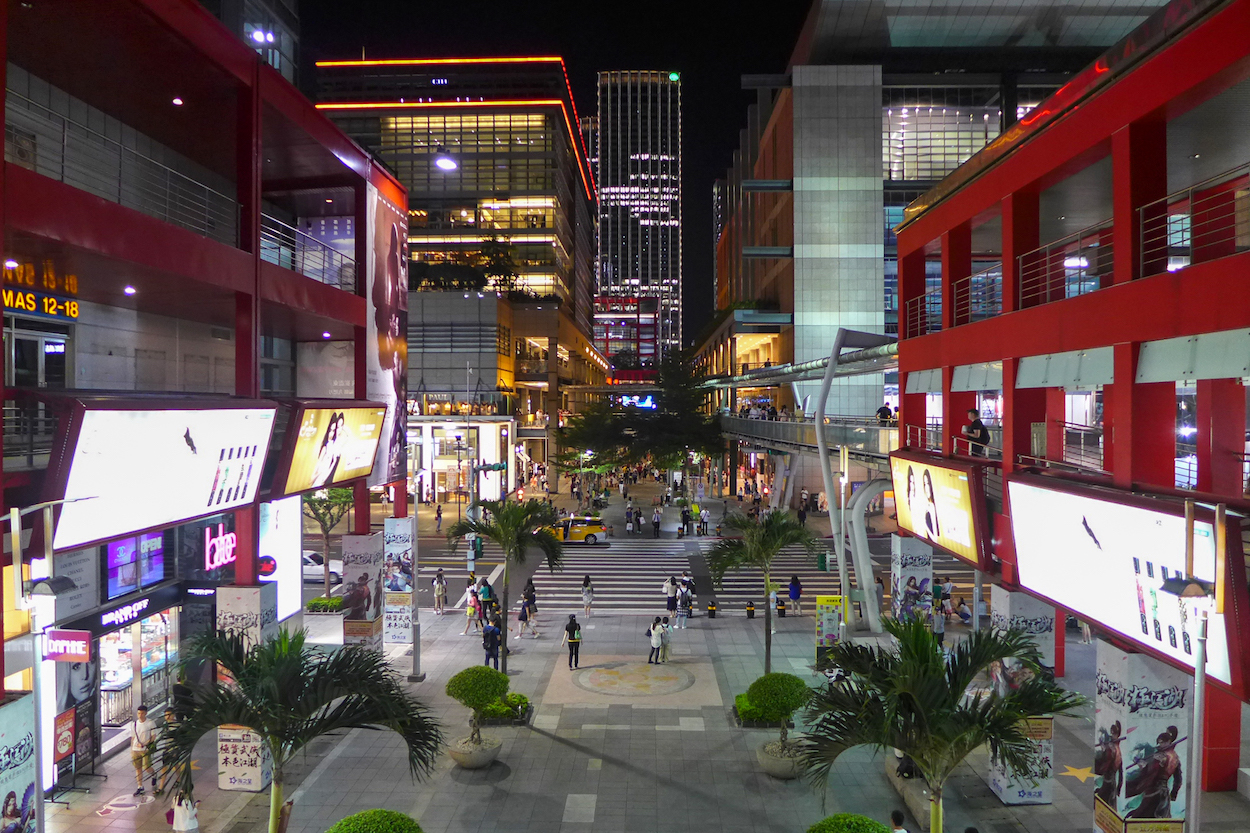 Photo credit: wpcpey/WikiCommons/CC
Photo credit: wpcpey/WikiCommons/CC
Here are two conversations with these two men who deal with Taipei’s most marginalized residents on a daily basis.
Conversation #1: Ku Teng-ju
Ben Cheney: How big is the homeless problem in Taipei—how many people would you estimate?
Ku Teng-ju: Government statistics say that there are 500 to 600 homeless people in Taipei City.
BC: But it’s probably more than that?
KTJ: Yes, probably 3,000, or much, much more, much more than the government statistics.
BC: I see the problem is very visible in Wanhua, around Taipei Main Station, and in underpasses during winter. Would you say these are the areas where most of the homeless people are? Is it because the area is the cheaper place to be? The government certainly wants everything to look very modern in the more eastern parts of the city. Are they trying to push the homeless into a certain area?
KTJ: The eastern part is much more concerned with homeless people—
BC: As in “Go away—we don’t want to see you”?
KTJ: Yes. They don’t want them there.
BC: There has probably always been a homelessness problem, but for about how many years have there been thousands of people on the streets?
KTJ: Roughly the past twenty or so years.
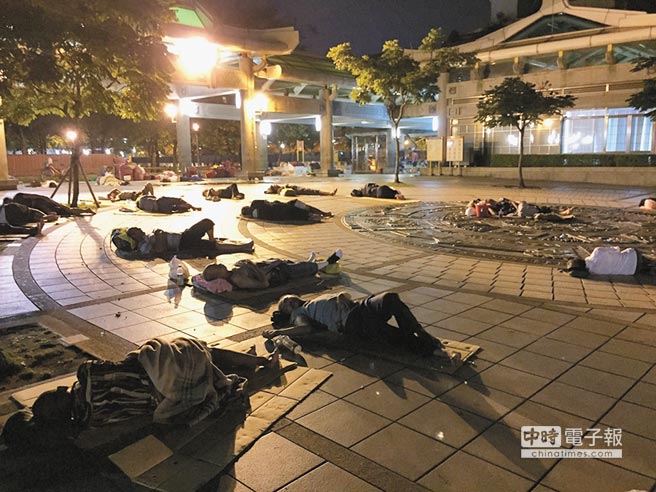 Homeless sleeping in Wanhua. Photo credit: China Times
Homeless sleeping in Wanhua. Photo credit: China Times
BC: Is this due to the trends of stagnant wages and increased living costs, especially housing, in that time?
KTJ: That is a major reason.
BC: Is there a similar homelessness problem in other places, particularly Taichung and Kaohsiung?
KTJ: I would say there is, but the problem is largest and most visible in Taipei. Where there are job opportunities, the homeless will go. They will go to the major urban center.
BC: If they are homeless, what kind of jobs can they get?
KTJ: Labor work.
BC: Like street cleaning or garbage collection?
KTJ: No. Building and construction.
BC: So many construction workers are homeless?
KTJ: Well, the work is not comfortable and it is dangerous. Many only work for one or two days.
BC: So only short-term work. And they still don’t have a place to sleep—they just go back to wherever?
KTJ: When they have the job, they can sleep in a dormitory, but that’s it.
BC: Is the rising cost of living and housing the biggest reason for homelessness?
KTJ: I think the bigger reason is age—most of these people are in their fifties or sixties. They are in poor health. They cannot obtain most jobs here.
BC: Are the health problems generally physical, mental, or both?
KTJ: Both. They can’t afford treatment or cleanliness.
BC: I have seen many more homeless men than homeless women.
KTJ: Most homeless are men.
BC: Why is this the case?
KTJ: It is more dangerous for women to be alone on the street. Sometimes homeless women will find a homeless man to be a “boyfriend” and protector. Also, women are much more willing to seek help than men. Although many homeless men have family and friends, they won’t try to ask them for help. Sometimes their self-help is alcoholism.
BC: Do the majority of homeless men have problems with drugs or alcohol, or just some of them?
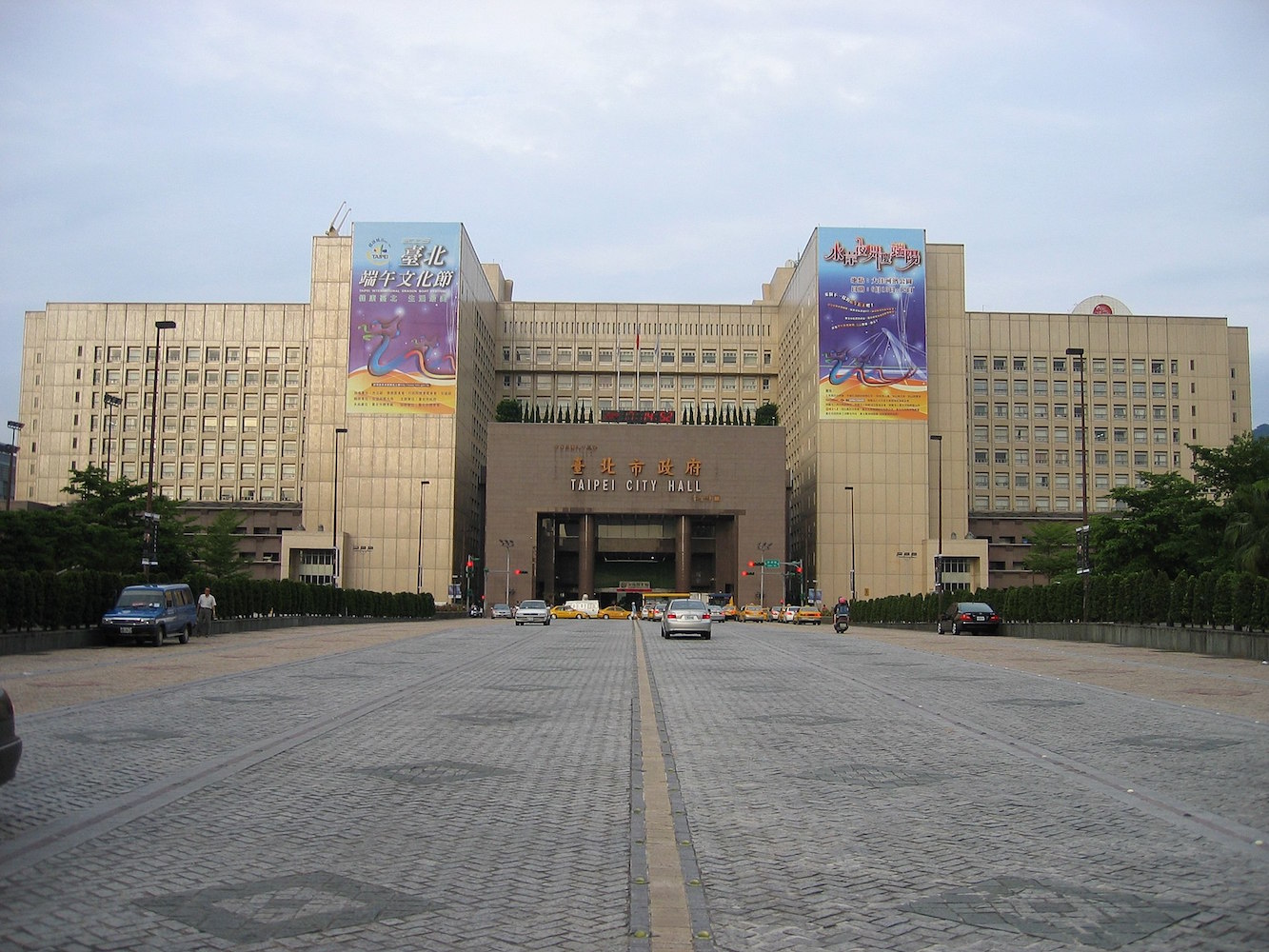 Taipei City Hall. Photo credit: Jiang/Public Domain
Taipei City Hall. Photo credit: Jiang/Public Domain
KTJ: Some.
BC: It doesn’t seem that the majority of Taiwanese are concerned about the homeless.
KTJ: Yes.
BC: Obviously Taipei’s development, gentrification, and income inequality have been making things worse. Have the homeless been moved out of certain areas of the city for the sake of big building projects?
KTJ: Yes. The city also spends very little on social welfare, but a lot on redevelopment. I think the most important problem is that job opportunities and have greatly decreased in number and in variety.
BC: What do you think the city government needs to do better? Probably a lot.
KTJ: First of all, they need to encourage more homeless to live in shelters. Especially one-day shelters.
BC: Why only one day?
KTJ: There are many shelters in Taipei, but maybe only 70% of their residents are long-term. Long-term shelter management requires a lot of labor and long-term residency makes residents dependent. Most homeless would rather not live in a shelter to begin with.
BC: What about job training or health services? Should those be improved?
KTJ: here should be more job training for longer-term employment. The homeless need to feel confident in working for more than one or two days at a time. Ideally they would end up with a monthly salary. The jobs should not be limited to whatever little work the government offers.
BC: How long has the organization been operating?
KTJ: Four years.
BC: What have you been proud to accomplish so far, and what do you realistically still hope to accomplish? What other work needs to be done?
KTJ: We have a new program for rental housing, because renting is so hard for the homeless. Our organization tries to obtain more housing- particularly single-room apartments- and we encourage more initiative to rent. Also, after our example, landlords will be more willing to offer similar accommodations. We could even rent this room here [Points to room in back of office].
BC: What is the best way to raise public awareness? How are you trying to bring attention to the problem?
KTJ: We do various public events in different locations, with homeless people, and we try to show the public that the homeless are still good and hard-working people.
BC: What kind of public events? I have heard of the “Hidden Taipei” tours. What others are there?
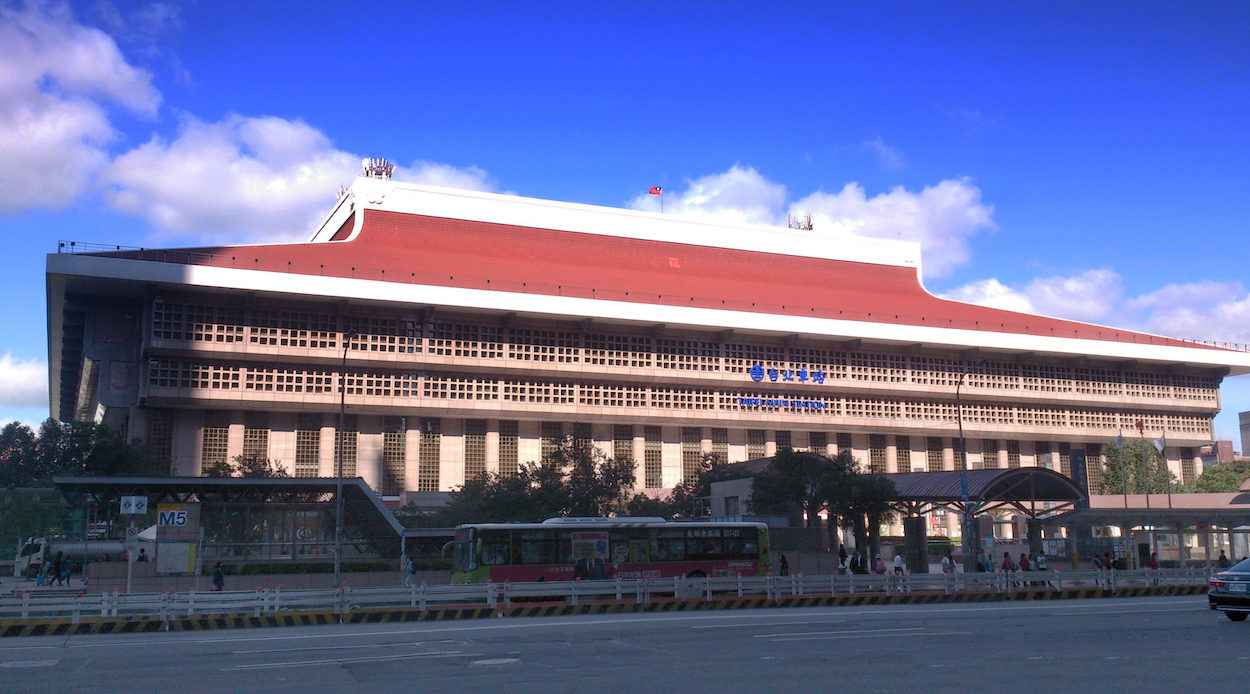 Taipei Main Station. Photo credit: E21201
Taipei Main Station. Photo credit: E21201
KTJ: We have a very big event at Taipei Main Station. We help the homeless to tell their stories and explain why the public should help them. This has been held once a year for three years.
BC: Do you think economic changes such as businesses moving to China or other places with cheaper labor also drive people into homelessness?
KTJ: It’s one of the reasons. The jobs are fewer. I think homelessness is a very complex issue that can’t be pinned to one cause.
BC: What is the single best way for the average person to help homeless people?
KTJ: Provide much more inclusive job opportunities.
Conversation #2: Chu Yi-jun
BC: As a social worker, what issues do you deal with besides homelessness? I know you deal with lots of things.
Chu Yi-jun: Here we take care of the homeless in both Wanhua and Zhongzheng Districts.
BC: There’s no welfare center in Zhongzheng?
CYJ: There is, but it’s very small. We also take care of the homeless around Taipei Main Station. The Longshan Temple area is the other major homeless area. Almost 90% of Taipei’s homeless live around these two places.
BC: The other 10% is just spread around?
CYJ: Yes. There are about 2,500 homeless in Taiwan.
BC: 2,500 homeless in all of Taiwan?
CYJ: Yes. Almost a quarter of them are in Taipei.
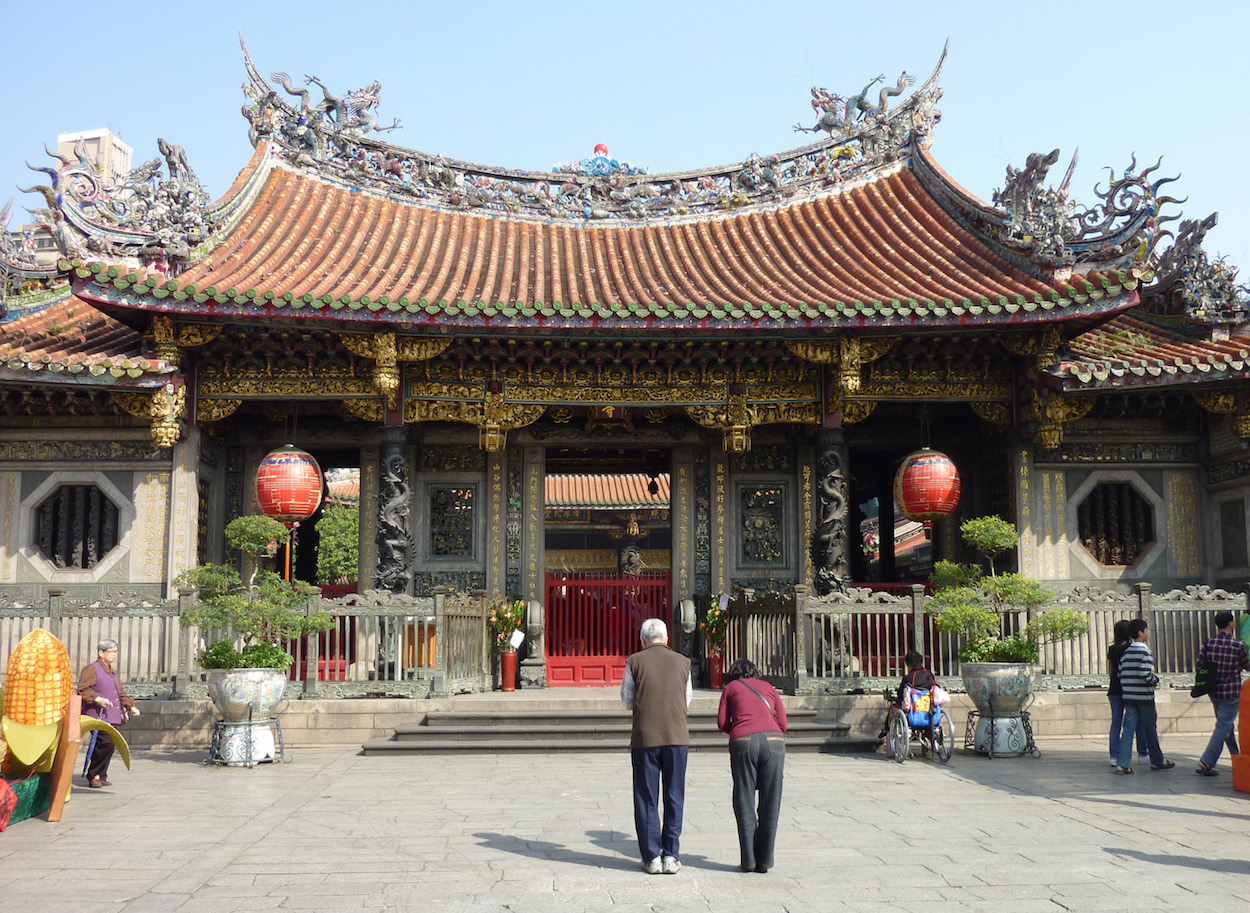 Longshan Temple. Photo credit: Bernard Gagnon/WikiCommons/Flickr
Longshan Temple. Photo credit: Bernard Gagnon/WikiCommons/Flickr
BC: These are just the ones you’ve counted. Would you say there’s probably more than that, that you just can’t see?
CYJ: Yes.
BC: That’s a low estimate. I noticed coming in here, just outside of the elevator, do people stay in that room there?
CYJ: Yes.
BC: How long are they allowed to stay there?
CYJ: We are open from 8 AM to 5 PM.
BC: And then they have to leave?
CYJ: We have shelters in Zhonghe and Datong. They come here to take showers and medical checkups. We provide vouchers for clothes, hospital visits, and meals. We have about seventy of these people working at government offices, schools, or charity organizations.
BC: What kind of work?
CYJ: Cleaning jobs, also in parks. We pay them 500 NTD per day, for four hours’ work a day. We want them to have money to rent a room.
BC: Taipei housing is so expensive—where could they rent?
CYJ: Wanhua is cheaper. You can get a room for 4000 NTD per month.
BC: Is this government housing or private housing?
CYJ: Private housing. There is not enough government housing in Taiwan. You need to wait for almost seven years for public housing (國宅). Private housing is immediate.
BC: The people sitting out in the waiting room- a crowd of unkempt people and several men without shirts- what services are they waiting for?
CYJ: All kinds. Monday to Friday.
BC: What are the demographics of the homeless?
CYJ: Most of the homeless were born from the 1930’s to the 1950’s. The average age is sixty. They are generally unmarried and out of contact with their families.
BC: Is that because of a stigma towards homeless people?
CYJ: Yes. So much stigma.
BC: How do you think that could be changed? How could you better educate the people of Taiwan that these are not bad people, that they are just suffering?
CYJ: Actually, I think the media is mostly responsible for stigmatizing the homeless. Most people are okay about them.
BC: Does that mean people are indifferent?
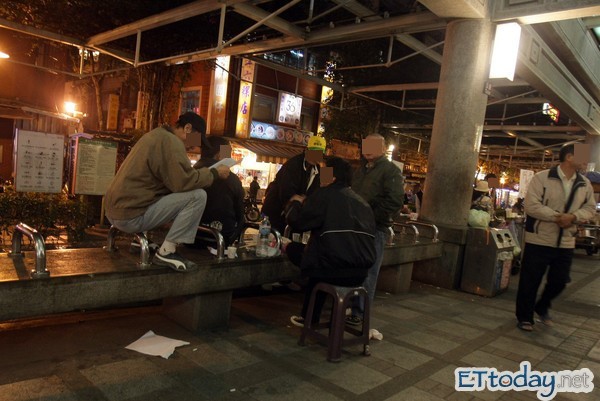 Photo credit: ETToday
Photo credit: ETToday
CYJ: Well, people don’t like homeless people sleeping near their homes. Anyone can sleep by the Main Station or in many different parks. If homeless people are not drunk and causing disturbances that’s also okay with people.
BC: If the homeless just stay in the park or somewhere separate that’s okay? People don’t mind?
CYJ: Yes. As long as the homeless stay in certain areas.
BC: Has there been a deliberate effort by government and business to push the homeless into certain areas, or have they always been in this area because it’s cheaper?
CYJ: Da’an, Songshan, Xinyi don’t want any homeless around them. If homeless people try to sleep in Da’an Park the police will remove them. Taipei Main Station is an acceptable place to have them. In Wanhua it’s also easier to find a job.
BC: They certainly have the most services over here. Would you say all the development of the past few years has worsened the problem, or have the long-term economic problems (especially wage stagnation) kept the problem constant?
CYJ: I have worked here for six years. Wanhua has had a large homeless population for over twenty years.
BC: Over the six years, has it gotten better or worse, or is it the same?
CYJ: The same. One year we helped one hundred people get off the street, but there are always more people who need help.
BC: What percentage of the homeless have physical or mental problems?
CYJ: Well, I studied female homeless in detail, and about 60% of them have mental illness. With men, it’s much less, maybe 20%.
BC: Why such a large difference?
CYJ: Maybe women have more family support, and men are much less willing to seek help.
BC: How big is the stigma of mental illness in Taiwan?
CYJ: Very, very serious. I think Zheng Jie (the MRT mass stabber) and the man who cut the little girl’s head off in Neihu have made many more people think mentally ill people are evil. The media has played a major role in promoting this prejudice.
BC: How widespread are drug/alcohol problems among the homeless?
CYJ: Drugs are not a serious problem, but alcohol is. Alcohol is more of a recreational activity than an addiction, actually. Or these people can still function and work while drinking. Yet when people see homeless people drinking they assume it’s alcoholism.
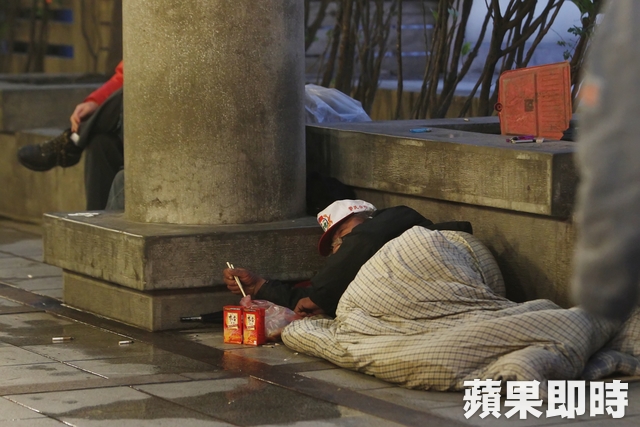 Photo credit: Apple Daily
Photo credit: Apple Daily
BC: Are they too busy trying to get housing or work to fall into addiction?
CYJ: Yes.
BC: You said there are shelters in Datong and Zhonghe. Zhonghe is across the river, in New Taipei City. Isn’t that far?
CYJ: The Zhonghe shelter is run by Taipei City. The New Taipei City Center is in Wanli.
BC: Wanli? That’s very. very far away!
CYJ: Yes. New Taipei City has very few facilities for the homeless.
BC: During your time here, what has the Taipei city government tried to do? What has been good and what could be better?
CYJ: Well, this is just my opinion. Homeless people want to stay in the main station or parks because we don’t have enough shelters. The government also needs to do more to help the elderly, the sick, children, and the mentally ill. The homeless problem is foremost, though. Shelter is not enough- we also need to give them jobs and health care.
BC: Which is worse for the homeless, summer or winter?
CYJ: Summer. The winter is very mild, although when it gets more cold we provide sleeping bags and warm clothes. Taipei Main Station even lets homeless stay inside when it gets cold, but only for one night.
BC: The homeless people I see outside the station are clearly not there for only one night. They have their entire possessions with them.
CYJ: It’s hard for the station to do anything about these people. At Longshan Temple we give out large bags to hold all personal possessions.
BC: All the development around Taipei Main Station, and they still allow the homeless to stay there?
CYJ: It’s thought of as normal. In every country, big train stations are popular with the homeless.
BC: Japan and South Korea are very wealthy countries yet also have significant homeless populations. Would you say their situations are similar (economic stagnation, expensive living costs) to Taiwan?
CYJ: Yes. Although a Japanese professor whom I talked to said that in Tokyo the situation is much better now than ten years ago. Economic issues are not the major factor there.
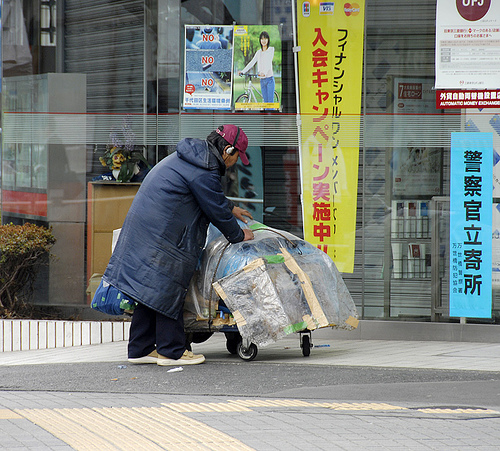 Photo credit: UDN
Photo credit: UDN
BC: How to better educate Taipei people?
CYJ: Well, it’s much easier for an NGO to quickly accomplish things than the government. In government there are limits on what can be said and done. Individually I or other social workers can accomplish a lot.
BC: What is your proudest accomplishment since you started working here? (You personally or the whole organization?)
CYJ: Helping people get off the street and achieve a new life. Providing medical care to hundreds more. Taipei provides medical care that can’t be found in the rest of Taiwan.
BC: What is your ultimate realistic goal?
CYJ: Solving the housing crisis. More private property should be made available for homeless to rent, though people will have to be encouraged that they will be doing something good. More importantly, the city government has wasted lots of money that could be spent on public housing and shelters and hiring more social workers. A particularly wasteful expenditure, which Mayor Ko canceled, was the delivery of red envelopes (紅包) to a large number of elderly people who didn’t need the money.

